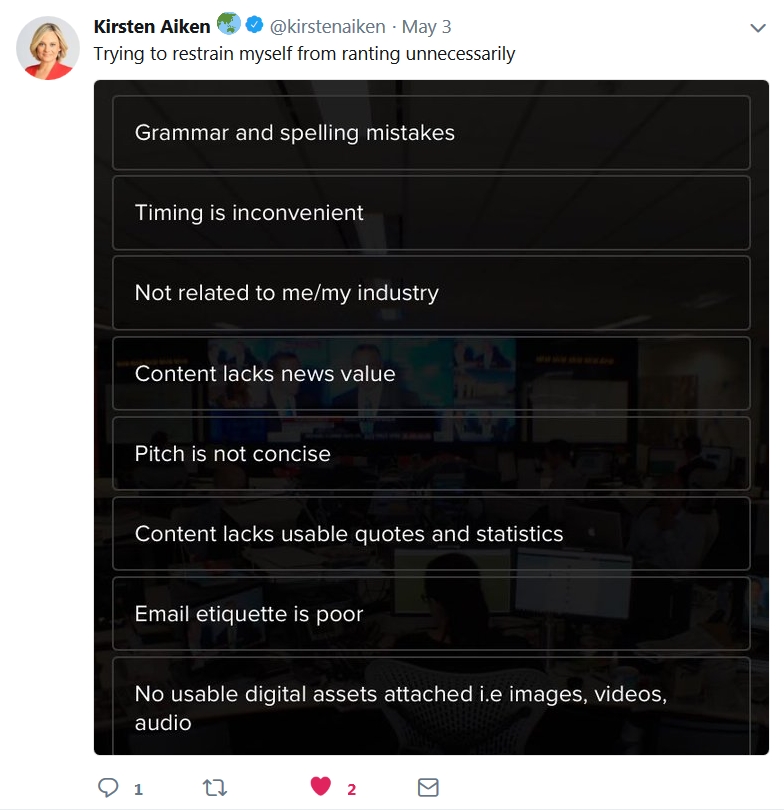Specialist height safety supplier, Craig, had a problem: tender commoditisation. Although his product was extremely cost-effective, a legally compliant and truly workable installation could not compete with suppliers delivering the bare minimum.
The tender process can reduce almost any product or service to a commodity in the eyes of a disinterested purchasing manager.
Business-to-business (B2B) account managers are left with stark choices: slash margins to the bone (most common), attempt to sway the purchasing department with an alternative (almost impossible), or under-deliver and hope to recoup profits with add-ons or “contract variations” later (risking relationships).
While tenders may be unavoidable, B2B marketers can make the process work in their favour.
Carving out a new role in the tender process, Craig transformed his business from a four-person operation into a national, preferred supplier to Australia’s blue-chip corporates.
Shift the goal posts away from price
Craig’s business is height safety. The largely unregulated industry includes many ultra-low-cost providers and price competition is extreme, particularly when builders put the work out for tender.
Marketing product or service advantages to builders generally fell on deaf ears – it’s a technically complex field and a small part of the overall construction job.
To cut through, Firefly designed seminars directed at the end user – facility managers – who must work with the systems over the lifetime of the building.
The seminars communicated two main messages. First, we showed facility managers that a well-designed height safety system can save them money, dramatically ease the OHS administrative burden and reduce their risk of legal liability.
Second, we explained how facility managers could be involved in the design process, guiding the purchasing decisions normally made by builders.
Earning a place in tender design
While technical experts are sometimes reluctant to give away intellectual property, the information-rich seminars, complete with reference materials and practical “how to” advice that helped facility managers do their jobs better, proved to be a powerful marketing tool.
The business positioned itself as the leading expert in height safety. Engaging Craig’s business as a design consultant charged with creating the specifications for builders to adopt was an easy choice to make.
Not only did it build more service revenues, the strategy levelled the playing field so Craig’s professional approach to mitigating height safety risks was not only recognised but given a bankable value at tender time, too.
Unparalleled lead generation
The seminars proved to be so popular that Craig’s business was forced to create a waiting list and applied a modest fee for attendees to cover costs.
Even so, the large organisations who make up the top 20 per cent of Craig’s client list sent more and more people – including from interstate – on the recommendation of colleagues.
Aside from building the business’ database, the half-day seminars delivered real interaction between Craig’s expert account managers and prospects. The result was a flood of highly-qualified leads and new revenue.
Within five years, the business had grown from a staff of four people to a national organisation of 64 personnel.
Three great B2B marketing lessons
Craig’s success was based on some really fundamental keys to B2B marketing:
- The person authorising the sale is rarely the only target audience for communications;
- Add value with education alongside persuasion; and
- Remember that most products contain a service element that only increases with the complexity of your offering. Never rely on the product selling itself.
Reconsidering your marketing approach? Contact Firefly Marketing for advice on everything from strategy through to fuss-free execution.

